Placing Beehives on Your Land
If you’re interested in beekeeping, you’ve likely considered all the aspects of starting your own beehives – from acquiring equipment to finding an apiary (the place where your hives will live) to harvesting honey and selling it in your market. But one critical step many people forget is where the best place to put your beehives in the first place.
When selecting your apiary, there are many factors to consider, so here’s a guide on the best places to place bee hives to maximize your profits and minimize your costs.
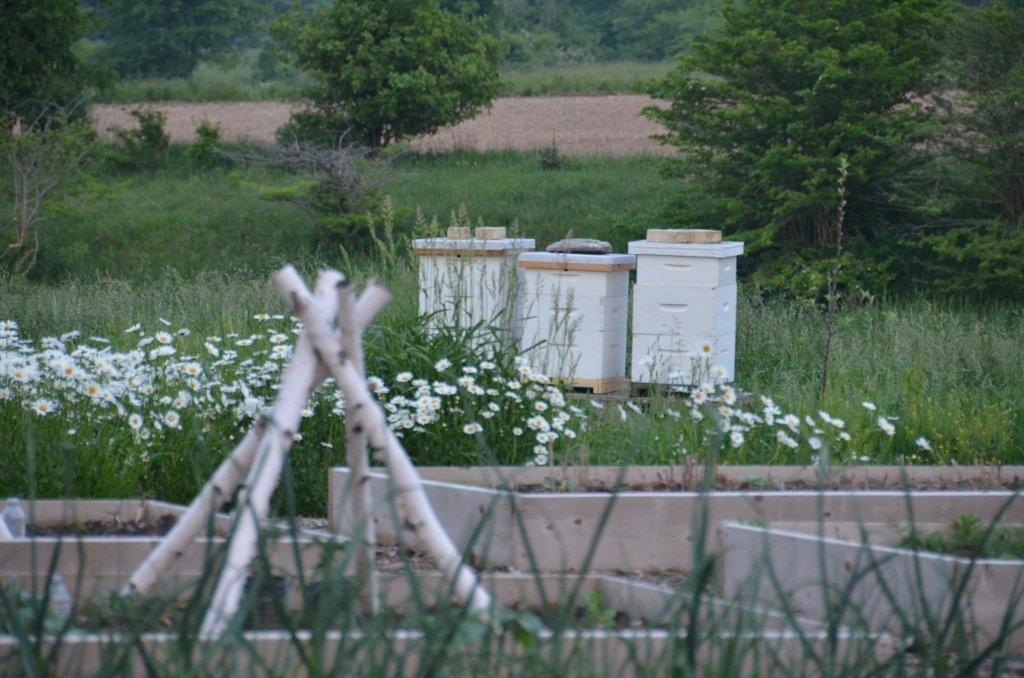
1. Face your bee hive to the southeast:
The direction your hive faces impacts the time of day bees produce more honey. Bees are most active in the morning, but they also produce honey after sunset. Make sure your hive faces southeast if you want them to work hard and make plenty of honey. This direction makes it easier for the colony to use warm air currents in this region and increases the quality of the honey produced.
2. Near water:
Apiary placement should take water access into account. Bees need water just as much as pollen, so it’s critical that they have a nearby water source. This can be a pond, stream, or river, but a flowerbed containing lots of herbs is also ideal because these plants are both excellent bee food and will attract butterflies and other pollinating insects to your hives. Remember that the closer the water source is to your apiary, the better it will be for your bees.
3. Food Source:
A nearby food source is also an essential part of bee hive placement. Since bees require pollen, you need a location that provides them with plenty of food options. If possible, place your hives on a property with abundant flowers and fruit-bearing trees (like apple trees). You may even want to plant flowering plants like lavender, daisies, zinnias, and clover yourself to create a small oasis in your backyard. Be sure not to plant any poisonous plants too close by, though, since they could harm your bees. Be sure to plant different flowers to avoid boring your bees with the same type of flower over and over again. You should also remember that some flowers produce sweeter nectar than others, so make sure you know what flowers your bees prefer before planting them.
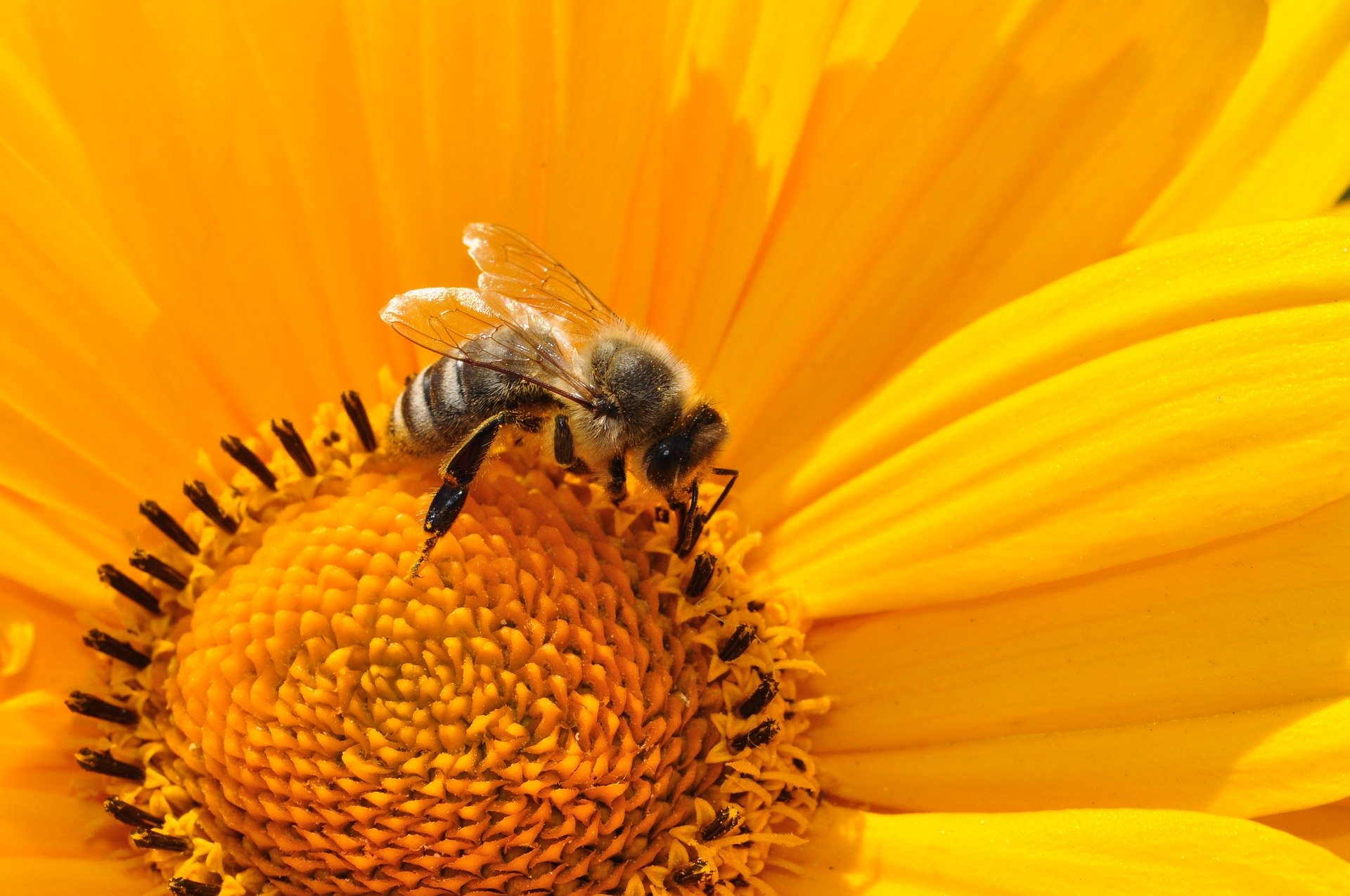
4. Place where there is plenty of Sunlight
Beehive placement should also take sunlight into consideration. Even though you might think sunshine isn’t crucial to bees, they actually rely heavily on direct light exposure. If your bee hives don’t get enough sun exposure, they won't be able to function properly. When there is sunlight, the bees will try to regulate the hive's temperature instead of making honey, which ensures the production of only high-quality honey. To provide ample light exposure to your beehives, try placing them in locations that receive direct sunlight for at least five to six hours a day.
5. Place where there is a wind barrier:
If you place your hives in an open field, they will be exposed to natural elements, including wind. While it might seem like the wind would help bees fly, it can actually pose a threat to them by making it difficult for them to remain airborne. It can also cause honeycombs to collapse. This is why placing your hives in an area with a protective barrier against the wind is a good idea. Areas like under a tree, under a roof, or next to an embankment or fence work well.
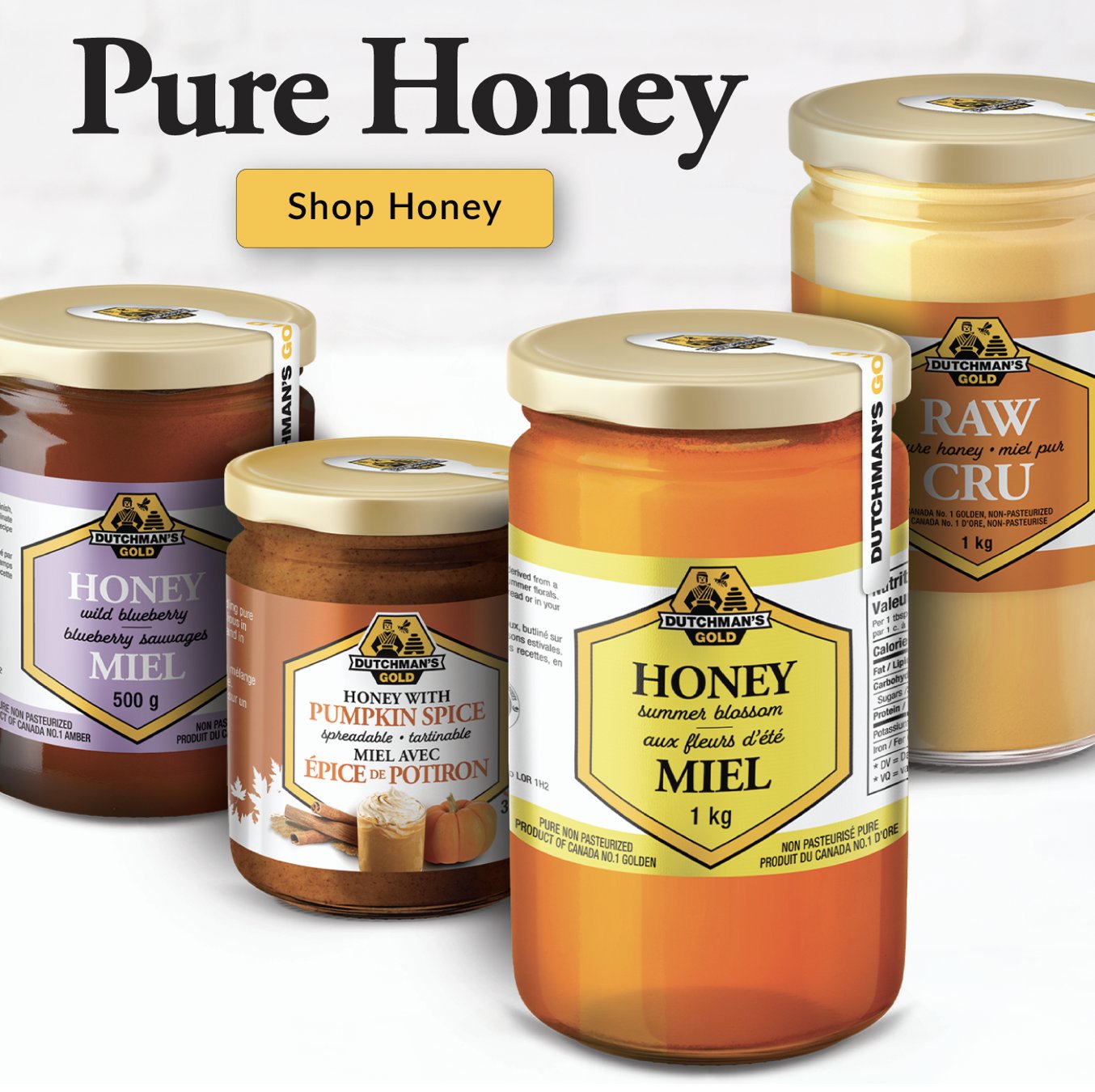
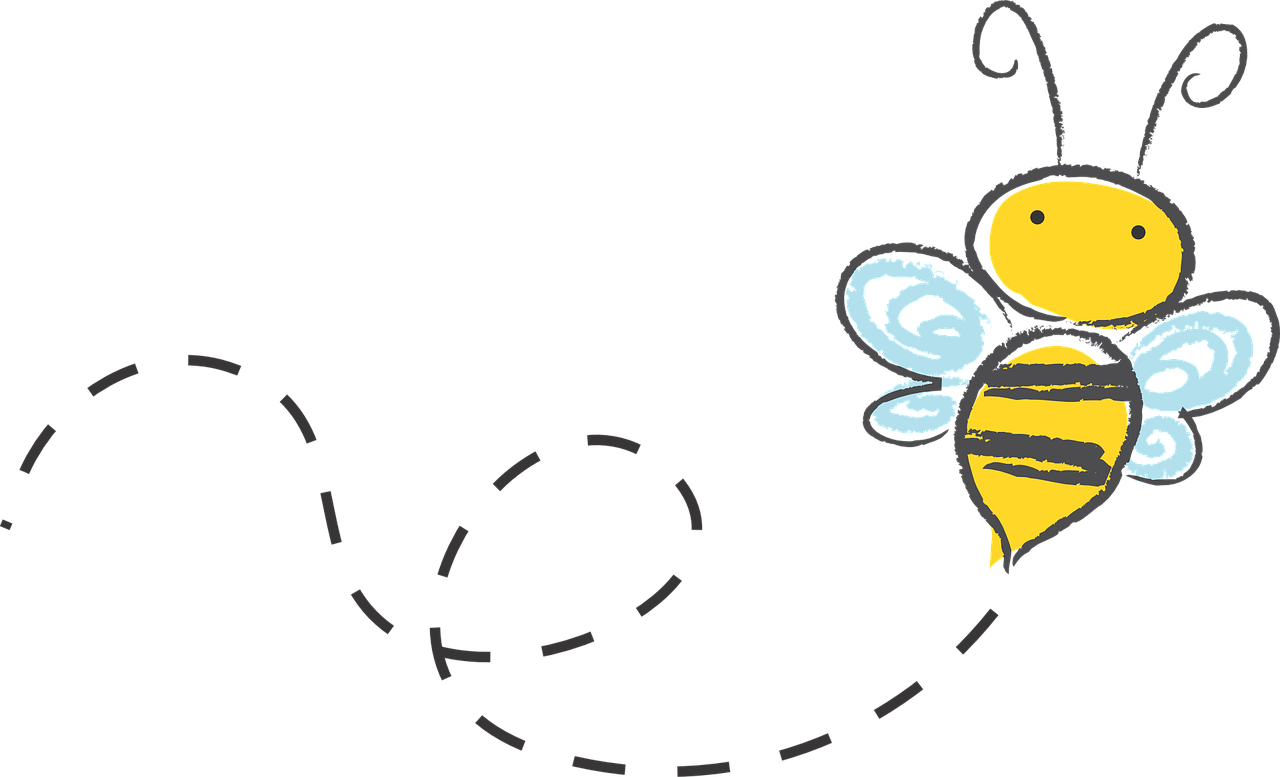
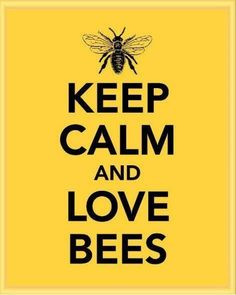

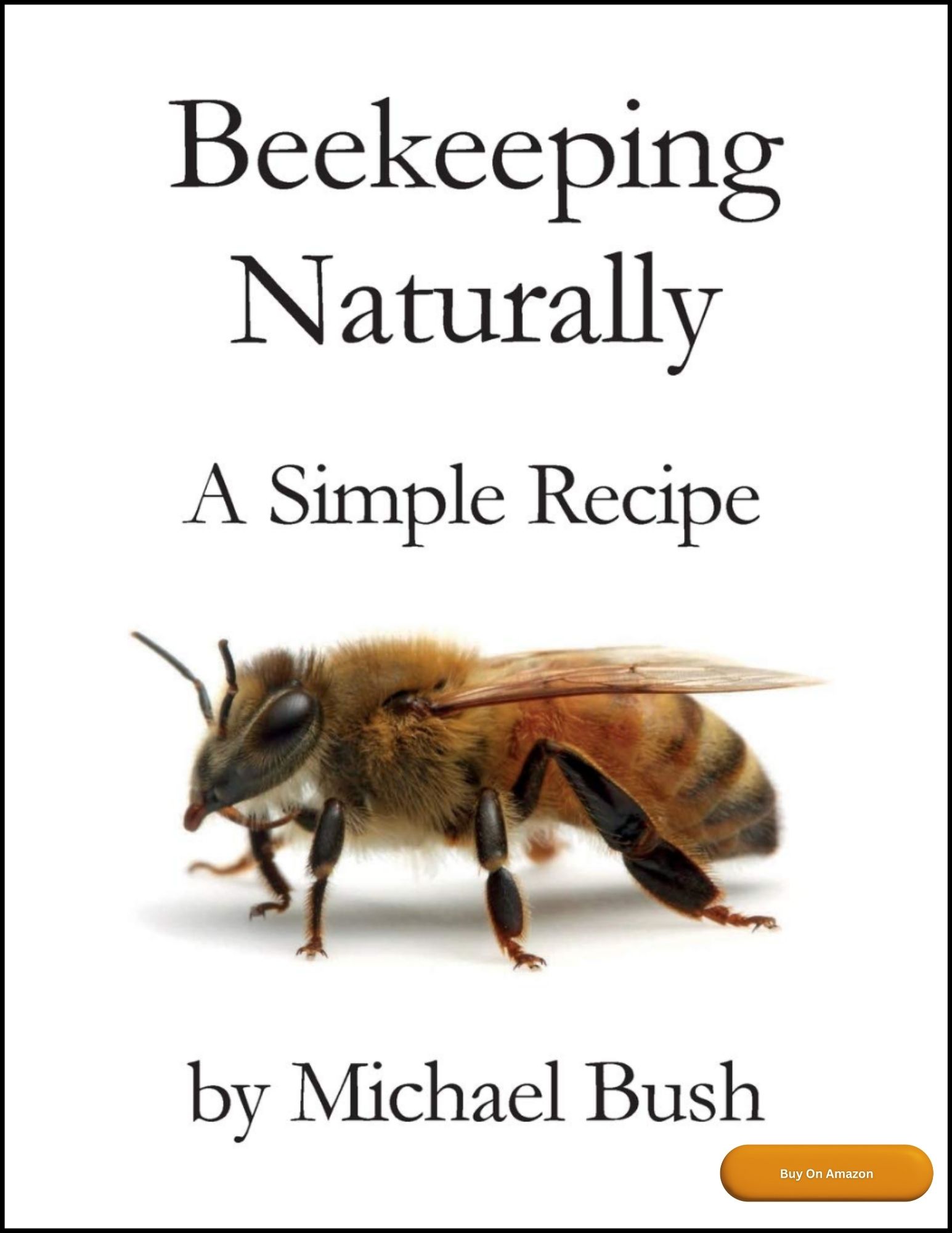
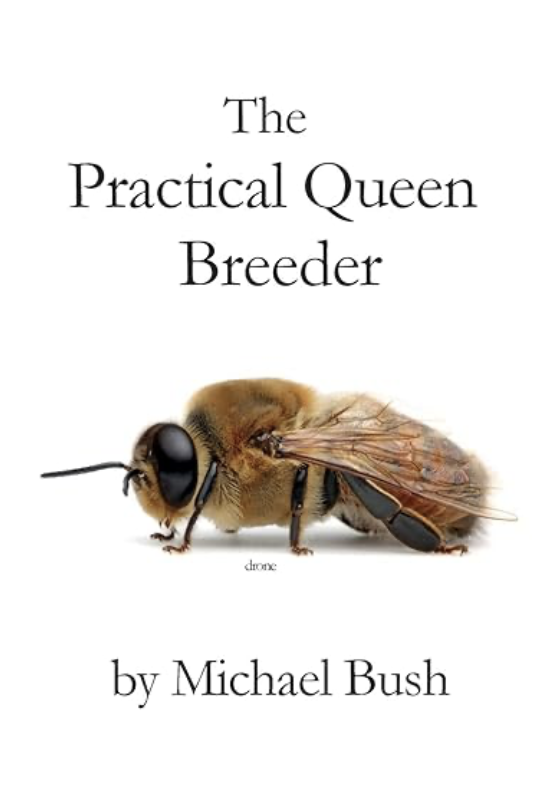
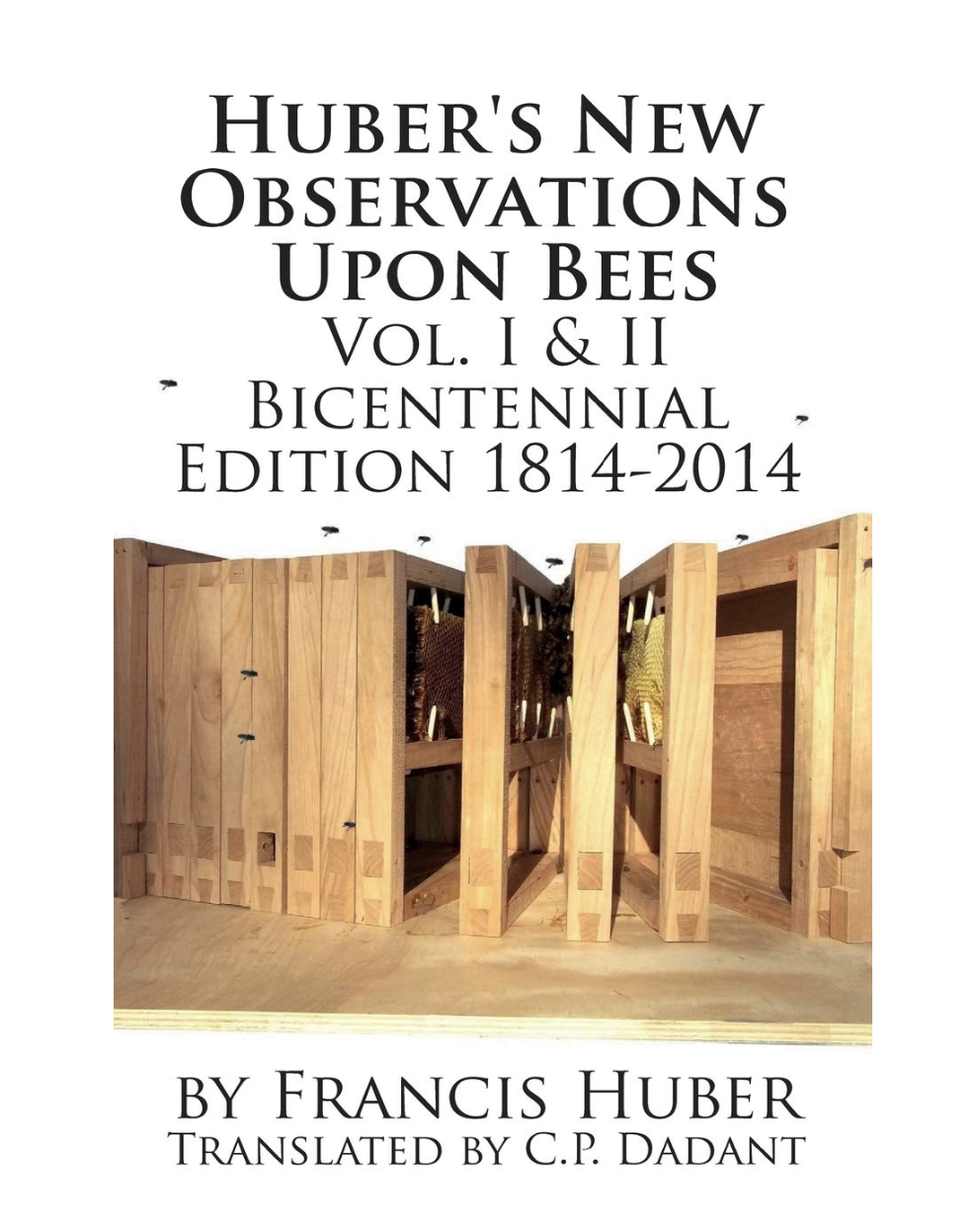
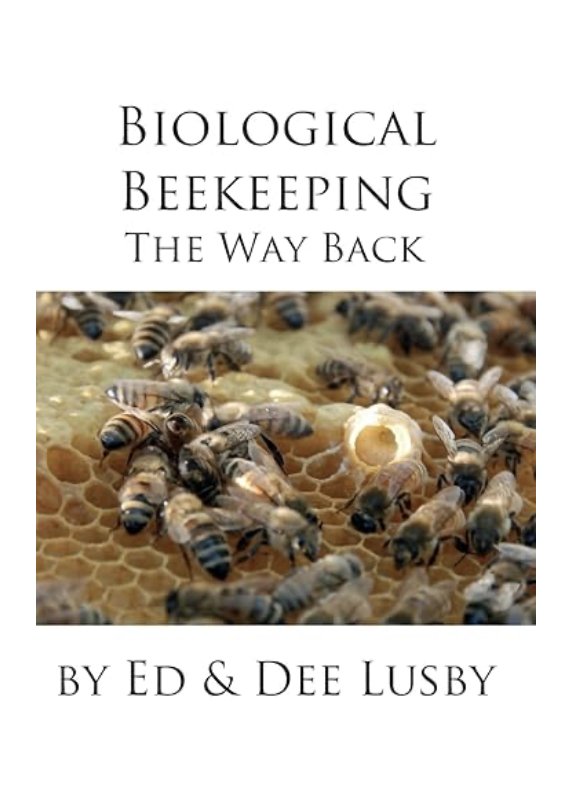

New! Comments
Have your say about what you just read! Leave me a comment in the box below.